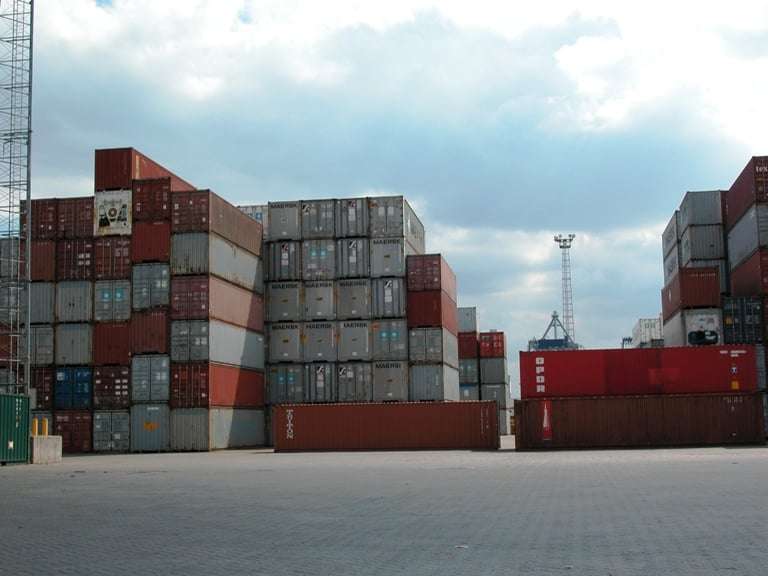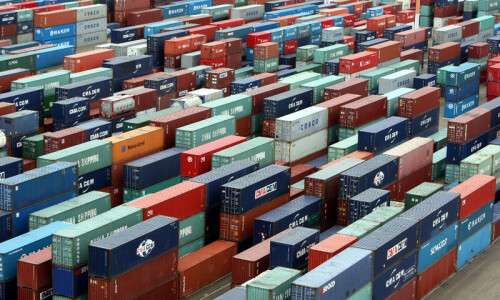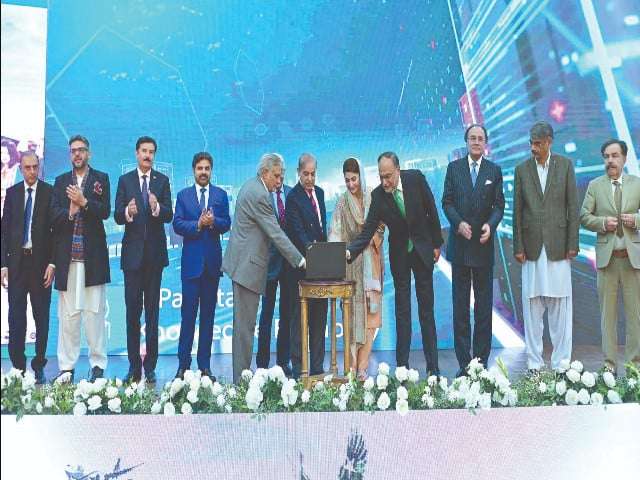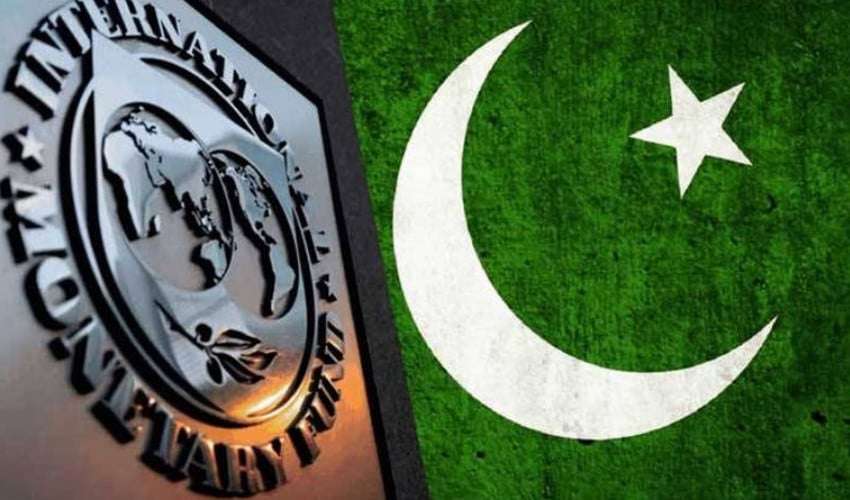Manufacturers Warn of Lost Competitiveness Following Gas Price Increase for Captive Power Plants
Introduction
Pakistan’s ambitious goal of reaching $60 billion in exports by 2027 is facing a major setback due to recent government policies that have significantly increased gas prices for captive power plants (CPPs). This move, while fulfilling an International Monetary Fund (IMF) condition, has sparked concerns among manufacturers, who argue that it will render Pakistan’s exports uncompetitive.
In a letter to Prime Minister Shehbaz Sharif, the Pakistan Business Council (PBC) warned that the surge in gas prices has made it nearly impossible to achieve the government’s three-year export growth target. With industries struggling to stay afloat, experts predict that Pakistan may lose a significant portion of its global market share.
The Impact of Gas Price Hikes on Pakistan’s Export Industry
The Government’s Decision and IMF Pressure
The Pakistani government, under pressure from the IMF, has implemented a steep increase in gas prices for in-house power generation by manufacturing units. The decision was made to either cut off gas supply to CPPs completely or make it unaffordable. The government opted for the latter, imposing an 18% gas price hike along with additional levies that will further increase energy costs in the coming months.
These changes have been introduced under an ordinance that will impose a 20% special levy in four phases by August next year, with the first 5% levy already in effect.
Manufacturers Sound the Alarm
Pakistan Business Council’s Warning to the Prime Minister
In a formal letter to PM Shehbaz Sharif, the PBC emphasized that the recent policies will not only hurt exports but will also damage domestic manufacturing, further increasing reliance on imports. The organization stated:
“Your $60 billion export target by 2027 is unlikely to be achieved. The competitiveness of manufacturing for the domestic market, which reduces reliance on imports, will also suffer due to the higher cost of gas.”
According to industry reports, Pakistan’s exports are projected to exceed $35 billion this year, but this is still insufficient to address the country’s economic challenges. The additional financial burden on manufacturers will likely slow export growth and discourage investment in the sector.
Comparative Analysis: Pakistan vs. Regional Competitors
Gas Prices and Industrial Electricity Tariffs
The cost of gas for CPPs in Pakistan is set to increase from Rs2,400 per million British thermal units (mmBtu) ($8.8) to Rs4,200 per mmBtu ($15) once the full levy is implemented. This price is significantly higher than the rates in Bangladesh, making Pakistani exports less competitive in international markets.
Furthermore, electricity tariffs for industries in Pakistan are already among the highest in the region:
- Pakistan: 17 cents per unit
- India & Vietnam: 6-8 cents per unit
- Bangladesh: 9-10 cents per unit
With more than 50% of Pakistan’s export volume relying on gas-fueled CPPs, the increased energy costs will erode profit margins, making it harder for local industries to compete globally.
Key Sectors Affected by Rising Gas Prices
1. Textile Industry
Pakistan’s textile sector—which accounts for the largest share of exports—relies heavily on captive power. Increased energy costs could lead to higher production expenses, making Pakistani textiles more expensive compared to regional competitors like Bangladesh and India.
2. Manufacturing and Engineering
Many engineering firms and automotive manufacturers use captive power for cost-effective production. Rising energy costs will increase operational expenses, reducing competitiveness in both local and export markets.
3. Small and Medium Enterprises (SMEs)
SMEs that rely on affordable power to remain competitive will suffer the most. Many smaller manufacturers may be forced to shut down or relocate their operations to countries with lower energy costs.
The IMF’s Role and Government Justification
Government’s Argument for the Price Hike
The government claims that the IMF originally demanded a complete gas supply cut to CPPs, but Pakistan negotiated an alternative, agreeing to keep gas available at higher prices instead.
Finance Minister Muhammad Aurangzeb has pointed out that only 1,100 of the 5,600 industrial gas connections belong to CPPs, meaning that not all industries are affected.
However, the PBC argues that the industries that rely on captive power are responsible for the majority of Pakistan’s export revenue, making this policy highly detrimental.
Potential Consequences for Pakistan’s Economy
1. Loss of Export Opportunities
The United States has imposed tariffs on Chinese imports, creating an opportunity for Pakistani exporters. However, higher production costs due to rising gas prices may prevent Pakistan from taking advantage of this shift in trade patterns.
2. Increased Reliance on Expensive Imports
With local production becoming costlier, Pakistan may need to import more goods, worsening the current account deficit.
3. Shift to Alternative Energy and Increased Forex Outflow
Manufacturers are likely to invest in solar and alternative energy sources, leading to higher foreign exchange outflows for importing solar panels and other renewable energy equipment.
4. Burden on Gas Companies and Domestic Consumers
If captive-powered industries switch to the grid, SSGC and SNGPL will lose their highest-paying industrial customers, leading to financial losses. The government may then be forced to increase gas prices for domestic consumers, sparking further inflation.
What Can Be Done? Industry Recommendations
The PBC and industrial leaders have suggested several policy adjustments to mitigate the damage:
- Reconsider the Gas Price Increase: A gradual approach to price adjustments may prevent an abrupt loss of competitiveness.
- Introduce Industrial Subsidies: Providing subsidized energy rates for key export industries can help retain competitiveness.
- Encourage Alternative Energy Investments: The government should offer incentives for renewable energy adoption.
- Ensure Reliable Power from the Grid: Upgrading the national grid and ensuring uninterrupted power could encourage industries to shift away from captive power.
- Renegotiate Terms with the IMF: The government should seek to revise IMF conditions to protect Pakistan’s industrial sector.
Conclusion
Pakistan’s $60 billion export target now seems increasingly unrealistic due to rising energy costs. The decision to increase gas prices for captive power plants may fulfill IMF conditions, but it could cripple local industries and damage Pakistan’s international trade position.
Unless the government revisits its policies and implements measures to support exporters, Pakistan’s economic growth and job market could face severe setbacks in the coming years.
FAQs
1. Why has the government increased gas prices for captive power plants?
The increase is part of IMF-mandated economic reforms aimed at reducing subsidies and ensuring energy pricing reflects market rates.
2. How will this gas price hike impact Pakistan’s export industry?
Higher gas prices will increase production costs, making Pakistani goods more expensive and less competitive in global markets.
3. Which industries will be most affected by this policy?
Sectors like textiles, manufacturing, and small-scale enterprises that rely on captive power plants will suffer the most.
4. What alternatives do industries have to manage rising energy costs?
Industries may switch to alternative energy sources like solar or try to negotiate lower electricity rates from the national grid.
5. Can Pakistan still achieve its $60 billion export target by 2027?
Given the current economic conditions, experts believe this goal is unlikely to be met unless corrective actions are taken.



